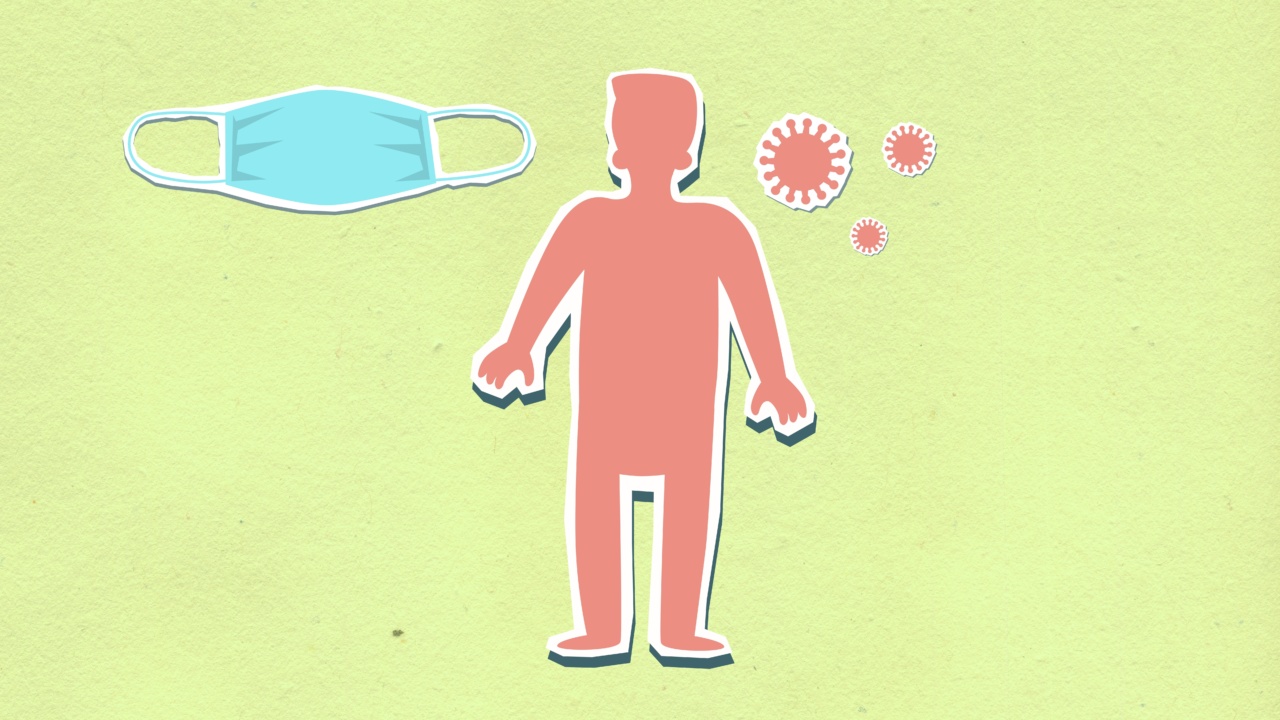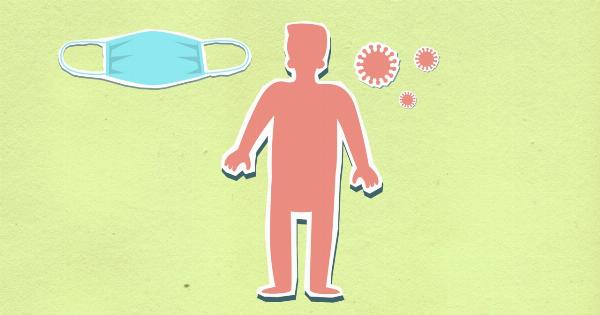Respiratory infections, caused by a variety of viruses and bacteria, are a common ailment experienced by individuals of all ages. The transmission of these infections, however, is not uniform throughout the year.
Instead, it follows a distinct seasonal pattern, with peaks and troughs that can have significant implications for public health. In this article, we will delve into the reasons behind the seasonal nature of respiratory infection transmission and explore preventive measures that can help mitigate their impact.
Understanding the Seasonal Patterns
One of the primary reasons for the seasonal variation in respiratory infection transmission is the interplay between environmental factors and human behavior.
During the colder months, people tend to spend more time indoors in close proximity to others, facilitating the spread of respiratory viruses. Additionally, low humidity levels in winter create an ideal environment for these viruses to survive and remain airborne for longer periods.
Furthermore, studies have shown that certain respiratory viruses, such as influenza, exhibit a higher rate of transmission in colder and drier conditions.
The outer protective layer of these viruses becomes more stable at lower temperatures, enabling them to survive and spread more effectively. This, in turn, contributes to the seasonal spikes in respiratory infections.
Influenza: A Key Player
Among the various respiratory infections, influenza plays a dominant role in driving the seasonal patterns observed.
The influenza virus undergoes regular genetic changes, known as antigenic drift, which allows it to evade the immunity acquired from previous infections or vaccinations. Consequently, new strains of the virus emerge each year, leading to recurrent seasonal outbreaks.
In temperate regions, the influenza season typically occurs during the winter months. This is partly due to the factors mentioned earlier, such as increased indoor crowding and lower humidity.
Moreover, the immune response triggered by influenza vaccination tends to wane over time, necessitating annual re-vaccination to maintain optimal protection.
Additional Factors Influencing Seasonal Transmission
While temperature and humidity are important contributors to the seasonal patterns of respiratory infection transmission, they are not the only factors at play.
Other variables, such as school terms and holidays, can significantly influence transmission rates. When schools are in session, the close contact between children provides an environment conducive to virus spread, resulting in peaks of infection during term periods.
Moreover, the relaxation of infection control measures during holidays and social gatherings can contribute to a surge in respiratory infections.
Increased travel and mingling among individuals during festive seasons create opportunities for the viruses to spread, leading to localized outbreaks.
Prevention and Control Strategies
Considering the predictable seasonality of respiratory infections, public health authorities can implement various prevention and control strategies to reduce their impact.
Vaccination campaigns targeting specific pathogens, such as influenza, can be strategically timed to ensure optimal protection during the peak transmission periods. These campaigns can also be tailored for high-risk groups, including the elderly, young children, and individuals with underlying health conditions.
In addition to vaccination, promoting good hand hygiene practices is crucial in limiting the spread of respiratory viruses. Regular handwashing with soap and water, or the use of alcohol-based sanitizers, can effectively remove and deactivate pathogens.
It is particularly important to emphasize hand hygiene during peak transmission seasons and in settings with high interpersonal contact, such as schools, hospitals, and public transportation.
Furthermore, public health campaigns should focus on raising awareness about respiratory etiquette, including the proper use of tissues or elbows to cover coughs and sneezes.
Respiratory droplets expelled during coughing or sneezing are a common mode of transmission for respiratory viruses, and adopting these simple practices can help minimize the risk of spreading infections.
The Future Outlook
Understanding the seasonal nature of respiratory infection transmission is vital for developing effective prevention and control strategies.
As our knowledge of viral dynamics and human behavior continues to expand, it is crucial to adapt and refine these strategies accordingly. Ongoing research efforts, combined with public health interventions, hold the promise of reducing the burden of respiratory infections and safeguarding community well-being.





























